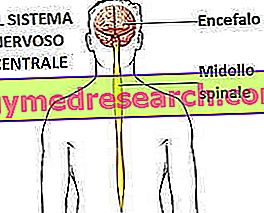
Carotid endarterectomy is the surgical procedure aimed at releasing occluded or partially restricted carotid arteries.
This dangerous pathological condition - also known as obstructive disease of the carotid arteries - is established due to atherosclerosis and can be the cause of episodes of stroke or TIA ( transient ischemic attack ).
SOME MORE DETAILS
Doctors resort to carotid endarterectomy when the carotid arteries are occluded at least 60% or when they are restricted to 50% and the patient with this degree of shrinkage is affected by stroke or TIA.
This may seem strange, however severe occlusion of the carotids does not cause the same consequences in all subjects.
WHEN IT IS GOOD DO NOT INTERVENE?
Carotid endarterectomy is contraindicated when the occlusion occurs in a hostile site to be reached with the available surgical instrumentation or when the patient's health conditions are precarious to the point that performing the operation could be very dangerous.
In cases like these, an alternative procedure is preferred: the carotid angioplasty associated with stenting .


